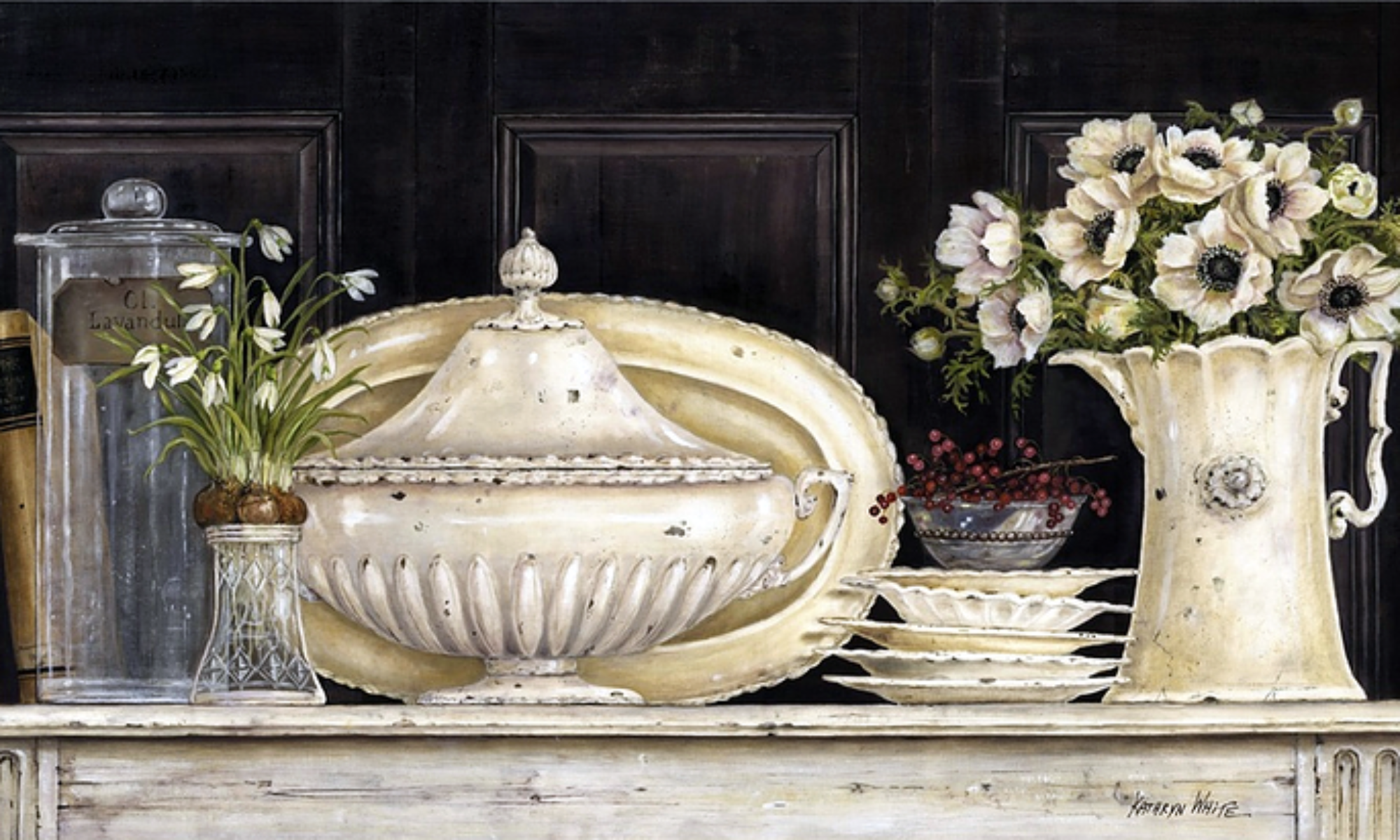 Western Tennessee gardening can be very rewarding for the average homeowner with the right knowledge at your fingertips.
Western Tennessee gardening can be very rewarding for the average homeowner with the right knowledge at your fingertips.
This has certainly been the longest winter in decades. Now that the weather is changing and we are seeing more warm nights I’ve begun to get the gardening bug. With fewer cold days the spring greening has begun.
Tomorrow we are expecting to go into the eighty’s here in western Tennessee. For years I’ve lived up north where the growing season was much shorter. The sight of the red buds blooming and the Bradford pears loaded in white flowers is a reassuring pattern I look forward each year. It brings plans for all the yard work that is part of the regeneration of plants and grasses that need immediate attention. It is the start of my western Tennessee gardening season.
As a retiree who relocated to western Tennessee several years ago, I had to adjust to soil and climate changes and choose plants that work well in this area. I found a couple resources that are quite helpful for avid gardeners new to Henry County, Tennessee. Here is a nice flower and shade gardening guide for Tennessee that lists annuals and perennials and best planting practices for them. And if you’d like tips on landscaping plants that are native to western Tennessee, view the Tennessee Department of Environment and Conservation guide.
Western Tennessee Gardening Tips
Over the years I’ve experimented with my garden. I’ve learned to rely on nutrient rich potting soil for best yields where I live. Our property has a lot of clay in the soil and it has made gardening a small challenge for me.
Soil is essential for high vegetable yields no matter where you live. Of course in the Midwest gardeners are spoiled with rich black soil that makes gardening easy. This is what I’m accustomed to.
Western Tennessee gardening requires an area with deep soil that drains well. It should be medium textured, because if it’s fine-textured, like clay soil, it will stay wet late into the spring. Clay soil is difficult to work with and tends to crust. Your garden area should not be sandy either. Sandy soils dry out too quickly, and they also require frequent fertilizing. If you are planting on a sloped garden bank make sure it isn’t too steep or it will erode. And of course, most importantly, make sure your garden gets a good six hours of sunlight
or more per day to produce well. The University of Tennessee has a great guide for growing vegetable gardens at home.
Western Tennessee Gardening Plants
- Lettuce
- Tomatoes
- Sweet and Hot Peppers
- Cucumbers
- Onions
- Eggplant
- Zucchini
Western Tennessee Landscaping Plants
These plants are my favorite. They are easy to cultivate and readily available. They can also be split and used to expand your landscaping look over the years:
- Hostas (perennial plant, full shade)
- Ferns (perennial plant, full shade)
- Day Lilies (perennial plant, part shade)
- Heuchera
- Lantana
- Geraniums
- Calibrachoa
- Hydranga
- Hardy Hybiscus
Western Tennessee Flower Gardening

I have a passion for hostas, heuchera, and hydrangea. I also have an overabundance of Poison Ivy. I find myself roaming the yard and looking for signs of their return. My list for the local nurseries grows larger every day and if the old back can hold out I look forward to getting my hands in the dirt and doing some planting in the next few weeks.
Every spring I seem to mentally choose a color scheme for my annual plants and set out to get them, some time it is so hard to stick to my plan when I see some of the spectacular flowers and varieties of new plants.
This year I am going for the red theme with lime colored greens for some contrast. I just picked up some red and gold Lantana that is so pretty and from past experience draws hummingbirds by the dozens to the porch. Coleus in the lime green is being matched with the burgundy colored one and will be placed among the hostas and heuchera for contrast.
There will be some removing and changing areas for plants that just are not doing as well as expected. We have a horrible vole infestation in our area and they seem to love to eat my plants from the bottom up, so this year I am planting a lot of my hostas in pots in the ground. I am also going to try placing hardware cloth (like a fine wire mesh) around the roots when I plant them to deter the voles from eating the roots again.
Well, it’s time to get my garden gloves and plastic shoes on and load up on the “Aleve” to get me through the day. Hope you all have a great spring and happy gardening! See more on my Pinterest board.



